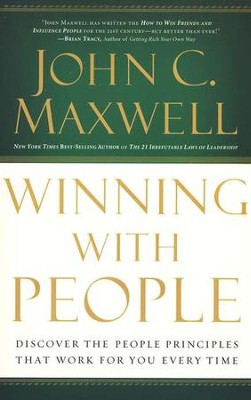The Mirror Principle
People unaware of who they are and what they do often damage relationships with others. The way to change that is to look in the mirror. Consider these truths that we must learn about ourselves:
-Self-Awareness.
Human nature seems to endow people with the ability to size up everybody in the world but themselves.
-Self-Image.
Your image of yourself restricts your ability to build healthy relationships. A negative self- image will keep a person from being successful. If those with a poor self-image do somehow achieve success, it won’t last because they will eventually bring themselves down to the level of their own expectations.
-Self-Honesty.
Comedian Jack Parr quipped,“Looking back, my life seems like one big obstacle race, with me being the chief obstacle.”What can save us is a willingness
to get honest about our shortcomings, faults and problems.
-Self-Improvement.
Critic Samuel Johnson advised that “he who has so little knowledge of human nature as
to seek happiness by changing anything but his own dis- position will waste his life in fruitless efforts and multi- ply the grief which he purposes to remove.”
-Self-Responsibility.
No significant accomplishments can be achieved by individual effort. However, every significant accomplishment begins with the vision of one individual. Once we possess the vision, we must take responsibility for carrying it to others.



